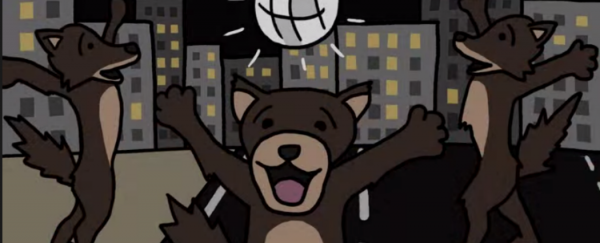Cities are very bad for a whole lot of animals, especially those that couldn't adapt fast enough to all the new pressures that come with living so closely alongside millions and millions of people. Since the mid-1800s, says the latest episode of MinuteEarth, the native mammal population in Adelaide, South Australia, has dropped in diversity by more than a quarter, while New York City has lost nearly half of its native plant species.
But there are a select few species that actually thrive in our modern world, alongside all the cars, pollution, and overcrowding. Take the rock pigeon - it naturally makes its home high up in the nooks and crannies of cliff-faces and trees, so a sky-high building works just fine.
And raccoons? Well, they're omnivorous, which means they pretty much eat anything, from corn chips to cockroaches, and you know what we've got a lot of in cities? Well yes, corn chips and cockroaches, but everything else in between too, which is great news for raccoons. In fact, the abundance of food available to raccoons living in cities means they actually have an advantage over their wilderness-dwelling peers.
The latest episode of MinuteEarth talks about the series of genetic changes that can occur in a species that is adapting to a very different environment. But how does the very slow and gradual process of evolution keep up with the relatively breakneck speed of urbanisation? You'll have to watch above for the answers, and next time you see a seagull chowing down on a cheeseburger they stole right out of the hands of a child, you should at least give it props for becoming seriously great at city life.
Source: MinuteEarth
